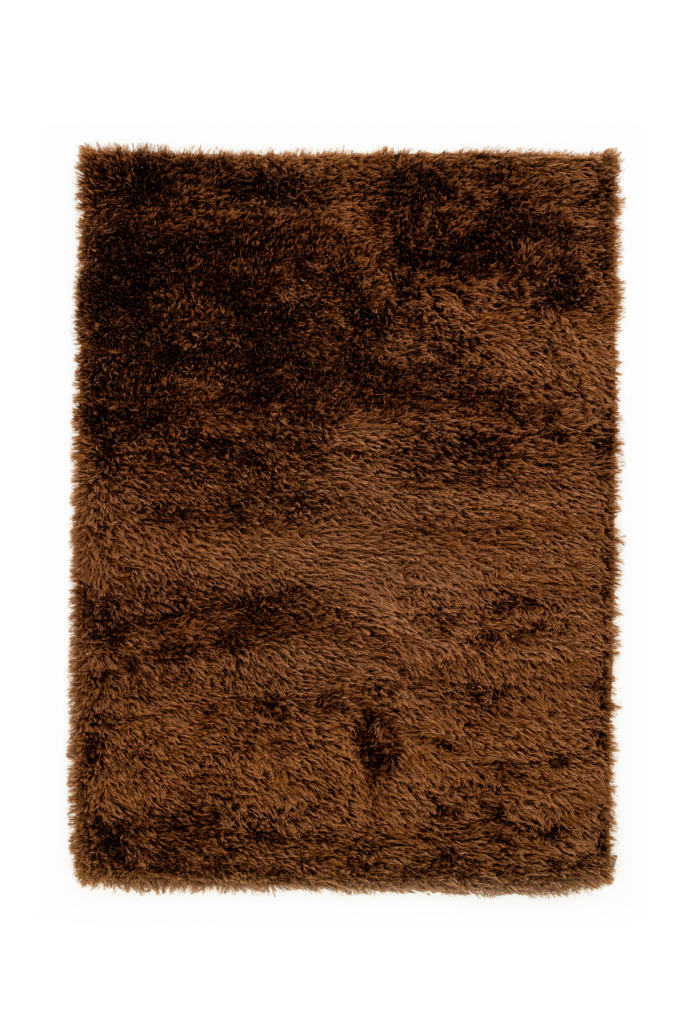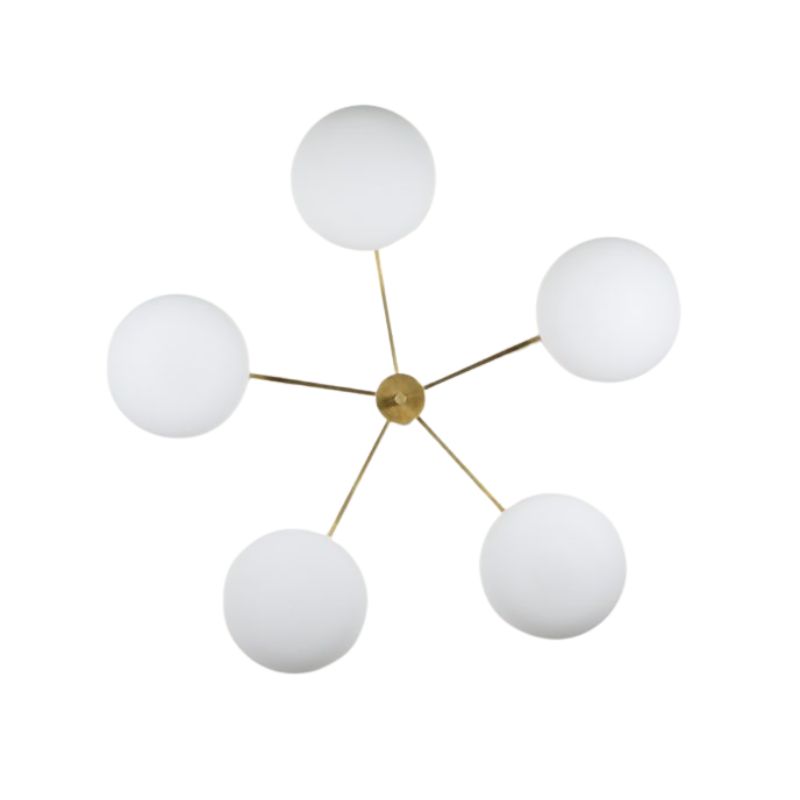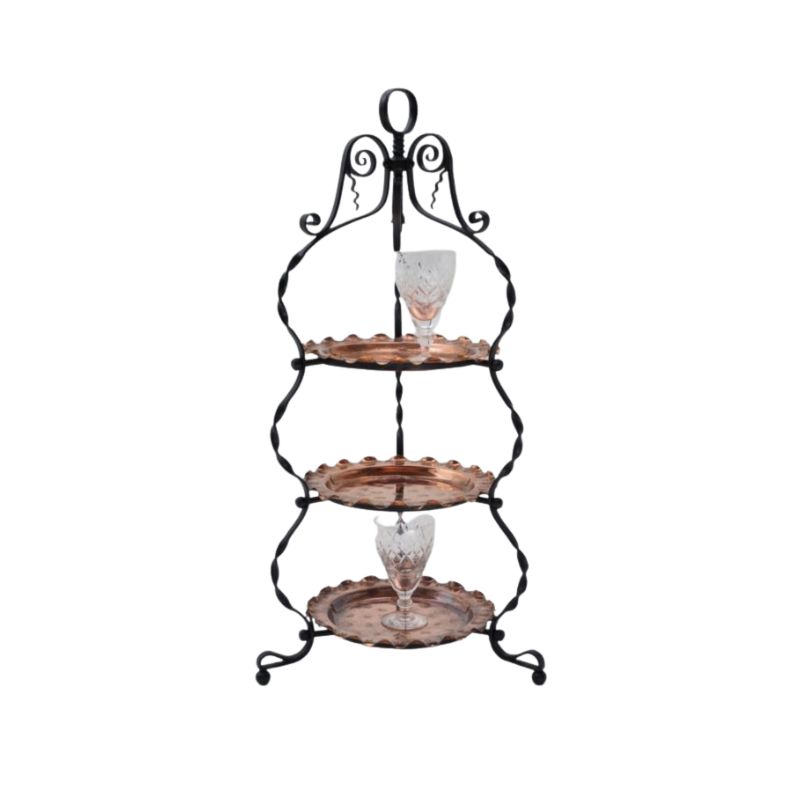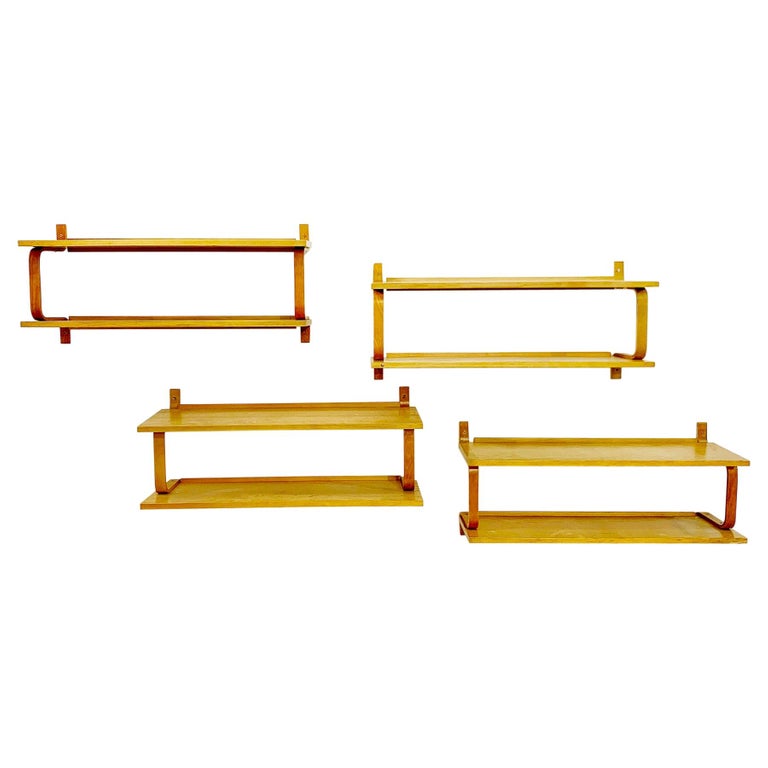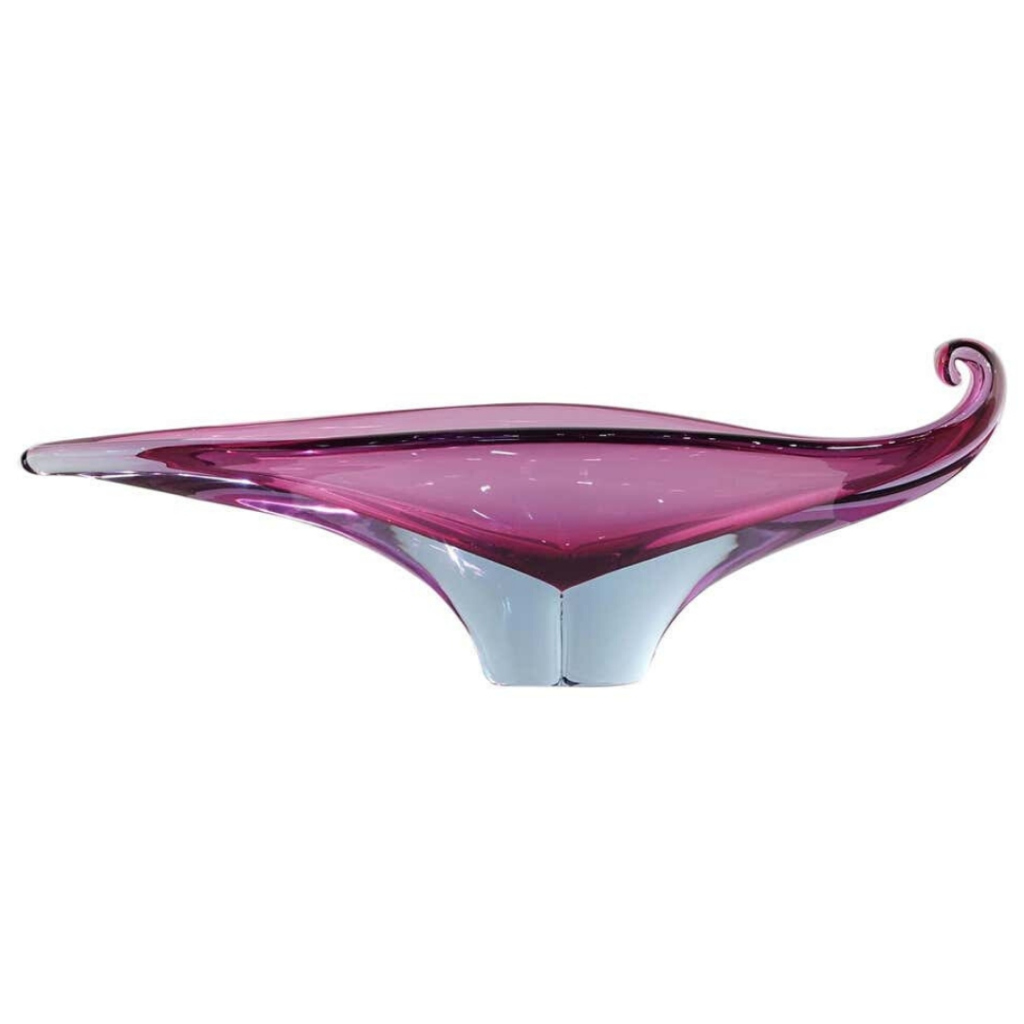I can't support the
identification of teak; neither close-up (and they differ remarkably in both color and texture) says oily yellow-tan teak to me -- a wood which often approximates orange under a clear finish. The only specie which (in my opinion) might appear as either sample does, would be a mahogany. And I'm not happy with that choice, either, as what I see in either photo would be marginal for Honduras mahogany.
Really, the color and texture difference between the two breaks (one each from the left and right arms -- right ?) suggests that they weren't well matched in the first place. The surface could easily be stained for uniformity, it seems to me -- which is the opportunity for the maker to use unmatched wood. That is, stained furniture is often composed of less than perfectly color-matched pieces -- all of the same specie, naturally, in order to meet specification.
It would be unusual for this maker to use stain, as I get it. But a custom order for a color not found among the standard offering might have led to such a result. Any evidence of that in the history of first-class Danish furniture-makes of the period ?
It's a shame, really.
The chair broke at the weakest part of the arm, where the grain has taken to the diagonal because of the bend in the piece -- perhaps by having a loaded bookcase dropped on it, or in a particularly dramatic demonstration of boardroom pique (picture it being slammed, upside down, upon a sturdy conference table . . .).
The time and place of repair would ideally be a) directly following the damage and 2) by a local expert. Having the original parts would have made a strong and good-looking repair potentially possible. A simple glue joint at the break would be stronger than the surrounding material, when properly mated and clamped.
I don't see any of the medulary cross-fibers found in oak. I have not see any oak split cleanly along the axis of the grain (because of those medulary rays); isn't that what we see here ?
The lower photo might be oaken in color; the upper one certainly not. Yet the visible surface grain does look oak . . .
The pins atop the legs are indeed turned from the leg stock. K de Winter once linked us to an extensive factory video showing some of the procedures employed in making this chair -- in their most modern form (CNC milling of the back/arm hoop, e.g.).
For me the color is within...
For me the color is within the gamut of teak especially since cd's camera seems not to be very reliable with colors. But what is very telling to me is the texture of the break. And the sap tubes that teak has are visible in the wood. Finally there are little rays in the wood that look just like teak.
There are two things that make me not like mahogany as an ID for the wood: the sap tubes, and breaks in mahogany seem more "stringy" and less sharply defined because it is less brittle than teak. (Cottonwood is an extremely stringy wood, you can sink an entire splitting wedge into a log and not split it, it just stretches apart with a million stringy fibers of wood connecting both sides)
The wood ID aspect of this...
The wood ID aspect of this thread has certainly attracted more comments than I expected. There are many reasons why I am comfortable with the teak ID, including quite a few other split wood areas that I have not yet photographed that resemble the middle reddish split photo. Also keep in mind that the chairs have been in unconditioned storage for 30+ years without any wood treatment. This explains both the oiled finished surfaces becoming more drab and the unfinished interior split surface at the one arm split becoming more grayish (similar to what happens more quickly for unfinished exterior teak). This arm piece was actually found separate from the chair, so may have experienced different environmental exposure over the years for the exposed split. I would bet that the internal unexposed wood would be more red like the other splits.
It's still interesting for me to learn more about wood characteristics from the above posts, but I'm fairly confident that anyone who would have the chance to examine the chair firsthand would agree upon teak.
So since this chair isn't...
So since this chair isn't for sitting how about using hide glue for tacking down broken cane ends. It is easily reversible, unlike standard PVA wood glue.
Also since it isn't for sitting, you've got a world of aesthetically pleasing repair possibilities that wouldn't be structurally sound for sitting. I wonder if you could use some sort of glue-on-splint under the breaks. Maybe a piece of cane or thick paper. I don't know anything about the need to clamp with hide glue, but if it were PVA glue you'd need to find a way to clamp the splint to the strand while it dries. I have a few tiny plastic clamps that are usually worthless, but might be perfect for this.
From the caning aesthetics...
From the caning aesthetics perspective, I'm actually quite lucky, as I have a whole trashed seat from which to extract cane strips for use in the good chair. Since they are of the same age and history, the visual match should be very good. It would not be a structural solution of course.
My cane tacking plan was to use the original water-soluable Titebond in small doses, which should not be an issue if I ever decide to re-cane. Paper clips or small binder clips would be my first experiment choices for small cane clamps.
Of course.
I wonder if...
Of course.
I wonder if you can extract whole lengths of cane from the bad chair to replace into the good chair? Sounds tricky and time consuming but I bet it can be done.
For instance you could probably number and remove all the cane on the seat, replace the broken strands and reattach them. You might also be able to extract and replace single strands depending on how they are attached.
It is an interesting question how best to restore a chair not for sitting.
Why not clean the frame up and leave the cane in as found condition? Which I ask less to suggest you should do, and more to understand why you don't want to take that course.
Leif, to answer your...
Leif, to answer your last question, that actually is my plan. When I mentioned "clean" the cane in the first post, I was only referring to a damp cloth to remove dust and dirt.
I have thought about your idea to replace full strands of cane, but am hesitating at the thought of removing anything original to the chair. As overlapped cane has a different appearance than exposed cane, I would risk having quite a few "halo" marks at the weave intersections. However, I do have an extra seat in which I can test this technique before making a final decision.
And as I plan on hanging onto this chair for a while, I'm in no hurry to do all the cleaning and/or restoration right now.
Well the canes break down...
Well the canes break down into 4 categories: warp and weft, and then warp and weft break down into 2 categories, over first and under first. So with a little luck you can find a replacement cane of the right category, which will lagely guarantee exposed parts stay exposed, and unexposed parts unexposed.
In other words if you have a broken warp over first cane any other warp over first cane will be a somewhat close replacement, and with a little luck one will be perfect.
well...
it looks like the ends of the cane fit into slots in the front and back rails so you can just remove whatever short ends are left and start a new one in the slot as the originals are done. No gluing necessary there. Then thread it through the existing weave and overlap the broken end of the strand you're connect to. Trim so that the new strand ends just under a perpendicular strand. No gluing necessary. Does that make sense?
If you reuse the cane from the broken chair, keep in mind that it will be way more brittle than fresh cane. You will need to soak it in hot water for 30 minutes to lessen the risk of it snapping. And even then it will probably break a lot. Maybe try adding some glycerin to the soaking water.
The sideways bend where the strands criss-cross might be particularly prone to breaking. The cane bends less easily in that direction even when it's fresh. (Making this a tougher weave than it looks...)
I wouldn't attack
dust with water. I'd use compressed air (carefully) to root out any loose material, including that partially trapped between strands of cane, and only then move on to a damp cloth. Just my two cents.
Very interesting discussion. I do wish we could all see this chair in person !
Well after a half a year of l...
Well after a half a year of looking at the dusty chair every morning (upstairs so as to avoid unaware houseguests sitting in it), I finally decided to tackle the restoration job this weekend. I decided to stay with the original cane and use select pieces from the damaged chair to fill in the holes, primarily for visual purposes. Therefore, this will be a chair for viewing and not active use.
I used original Titebond for the adhesive and a combination of paper clips, binder clips, and painters tape for clamping and holding the cane in place. I chose to use the underside of the cane weave and the side rail slots as areas to hide the ends of the cane replacement strips. Since the cane was so brittle and molded to the old chair form, I used the same piece segments from chair to chair, even having enough replacement options to match color as best I could. I was quite pleased with how the cane infill exercise went, even those there are still some breaks here and there.
For the wood reconditioning, I used my favorite one-two combo of Restore-a-finish and Feed-n-wax. The frame cleaned up nicer than I was expecting, and some light rubbing with an old t-shirt cleared up almost all of the dust from the cane.
Here are some shots I've taken of the finished effort.
If you need any help, please contact us at – info@designaddict.com




